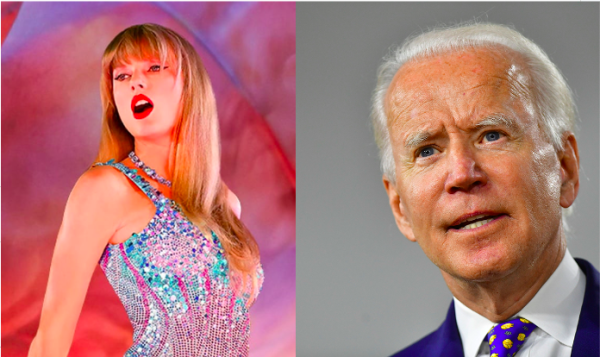White Girl, Take Off Your Hoops?
May 23, 2017
Where did hoop earrings start? While many believe hoop earrings are a recent trend from the late nineteen hundreds, they actually date back to ancient Rome, Greece, and even ancient Sumerian culture. The first ever hoop earring has been linked to the Sumerian culture in what is now known as Iraq (Schilling). Many of today’s hoop earrings no longer look like what they did back then. The hoop earring has claimed its spot not only in fashion but in history, too, as well.
Black and brown women are known to have adopted the hoop earring which is deeply rooted in their communities in America. Wearing hoop earrings became very popular in America with black women during the Black Power Movement in the 1960’s. Public figures such as Tina Turner and Angela Davis supported this African-inspired look that embraced natural hairstyles with big hoop earrings. Americans and Britons of African descent envisioned it as a “soul style” that added to the feeling of being liberated from the cultural and social oppression of their slave ancestors. It was then carried into the 70’s when it was embraced by people like Diana Ross and Donna Summer. In the 80’s, the thick gold or “door knockers” and bamboo hoop earrings worn by hip hop artists such as Salt N Pepa and MC Lyte came into style.
In Latino cultures, especially in the 1990’s, the hoop earring became a fixture of the chola style embraced by working class Mexican-American women particularly in Southern California. The radical look was defined by slicked down baby hairs, dark lip liner, and “door knocker” hoop earrings. Barbara Calderon-Douglas writes in “The Folk Feminist Struggle Behind the Chola Fashion Trend, ” “Chola aesthetic is a result of impoverished women making a lot out of the little things their family could afford.” This style is seen as a form of resistance and shows the strength in one’s Hispanic background (Euse).
With hoop earrings becoming a “must have” accessory for the fall, many brown women began to speak up about what is okay and what is not for who could wear them. A wall at Pitzer College in Southern California was sprayed with, “White Girl, Take OFF your hoops!!!” Algeria Martinez, part of the Latinx student union, claimed credit. She and other women of color were tired and annoyed with white women appropriating styles that belong to black and brown folks who created the culture from an historical background of oppression and exclusion. The winged liner, gold nameplate necklace, and hoops were often viewed as “ghetto.” Because of this, Martinez and other women of color see the winged liner, lined lips, and big hoops as a symbol of resistance which makes them pose the question why white girls should take part in this culture which they view as “cute/aesthetic/ethnic” while exploiting the culture and making it fashionable (Owens). It has been seen that women of color are looked down upon when wearing such accessories, but white women are seen as “edgy” (Euse). There must be a separation between wearing the hoops as an accessory or wearing it to look “ethnic”, which is the fine line where is becomes hurtful.
Works Cited:
http://www.wnd.com/2017/03/cultural-appropriation-and-hoop-earrings/






Ayiana Croft • May 30, 2017 at 11:59 am
I believe that this piece is vary important for people too see because I think a lot of people take other cultures and use them as a fashion statement. People need to understand that usually a fashion statement has a meaning and that it not okay to take it as your own. This piece has reaffirmed my thoughts on fashion statements.